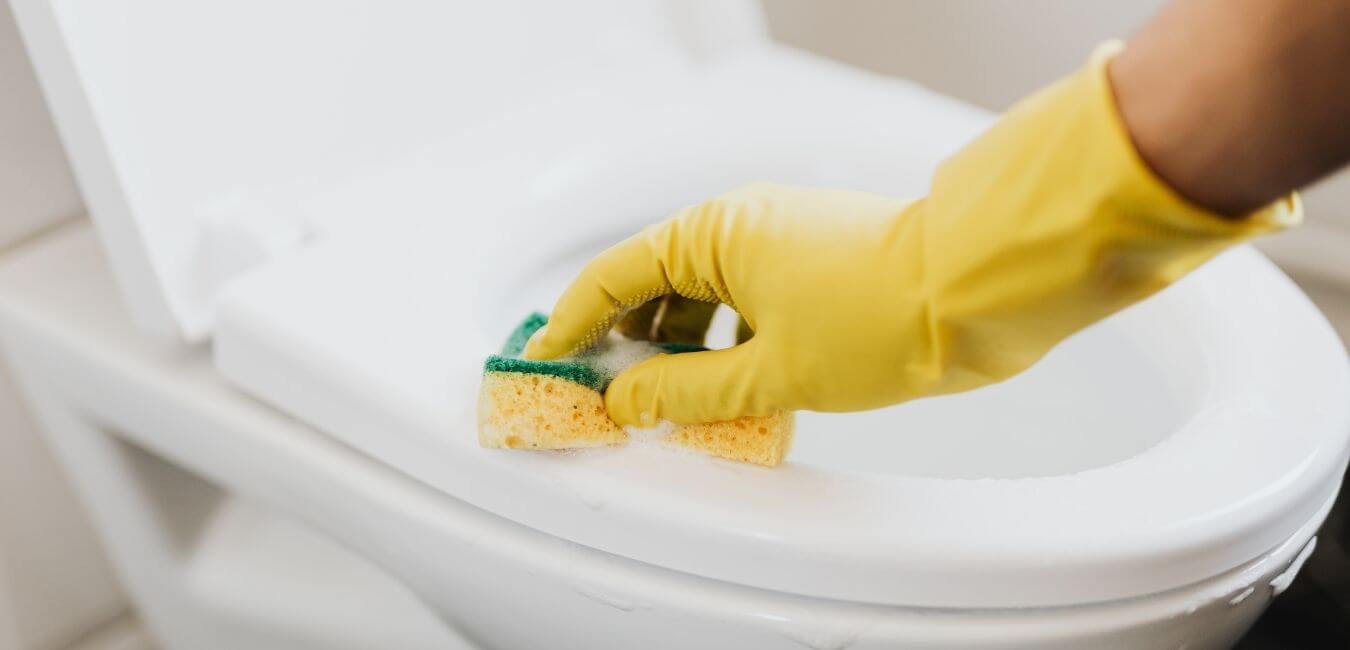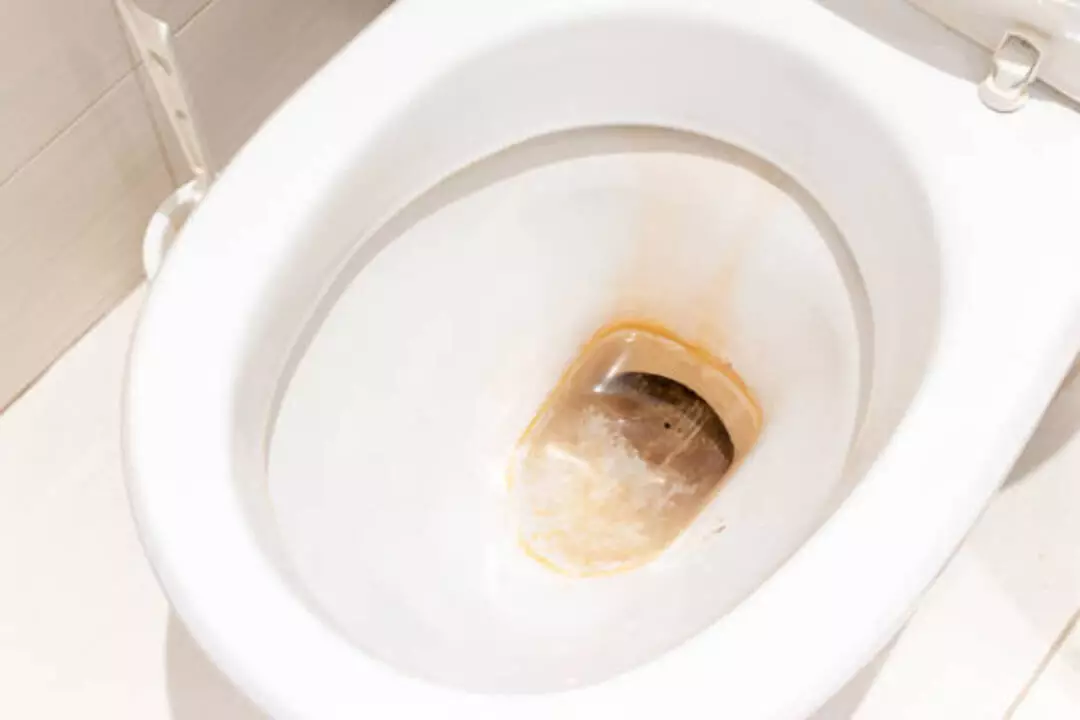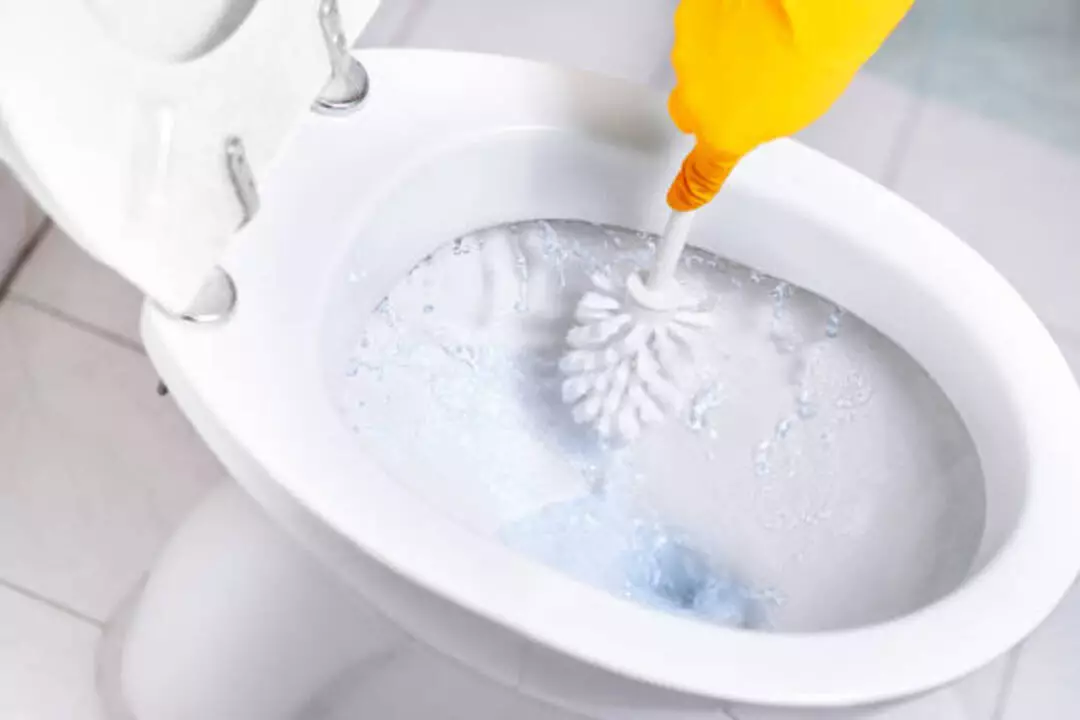Do you often worry about a musty smell or damp spots in your home? You’re not alone, as unchecked moisture and a lack of ventilation often lead to mold growth.
This article is designed to help you understand the causes of mold formation in homes and effective measures for preventing it.
Stick around, because we are about to make your life a whole lot healthier!
KEY INFORMATION
- Excess moisture, high humidity, and leaks or water damage are the main causes of mold in homes.
- To prevent mold growth, control indoor humidity with dehumidifiers or air conditioners, and increase ventilation in damp areas.
- Fix any leaks or water damage promptly to prevent mold from growing.
- Wear protective gear and use household cleaning solutions to effectively remove surface molds. For severe cases, hire professionals for safe and thorough mold removal.
Causes of Mold in Homes

Excess moisture, high humidity, and leaks or water damage are the primary causes of mold in homes.
Excess moisture
Water that stays too long can cause mold. If it rains a lot, water might leak into your home. A pipe may break and make floors or walls wet. Sometimes, there’s too much damp air in the house.
These things all add to what we call “excess moisture”. You should find these wet areas fast and dry them up. If you leave them wet, mold will likely start to grow there. Mold is bad for us to breathe in and hard to clean up once it spreads.
High humidity
High humidity is a common cause of mold growth in homes. When there is excess moisture in the air, it creates the perfect environment for mold to thrive. This can be especially problematic in areas with high levels of humidity, such as bathrooms and basements.
Mold spores are naturally present everywhere, but they need moisture to grow and multiply. Additionally, high humidity can make it more difficult for surfaces to dry properly, which further promotes mold growth.
To prevent mold caused by high humidity, it’s important to control indoor humidity levels by using dehumidifiers or air conditioners. Proper ventilation and airflow throughout the home can also help reduce moisture buildup and prevent condensation on surfaces.
Leaks and water damage
Water damage and leaks in your home can lead to the growth of mold, so it’s important to address them promptly. Moisture from leaks or water damage provides an ideal environment for mold to grow.
If you notice any signs of leaks or water damage, such as stains on walls or ceilings, musty odors, or damp areas, take immediate action. Fixing these issues and drying wet areas thoroughly will help prevent mold growth.
Remember that quick and effective management of water sources is crucial in preventing mold from taking hold in your home.
Preventive Measures for Mold
Control indoor humidity by using dehumidifiers or air conditioners and ensuring proper ventilation in areas prone to moisture buildup. Fix any leaks or water damage promptly to prevent mold growth.
Increase airflow by opening windows or using fans in areas with high humidity.
Control indoor humidity
To prevent mold growth in your home, it’s important to control indoor humidity. High humidity can create a moist environment where mold thrives. You can lower the humidity by using dehumidifiers or air conditioners.
Make sure to keep them clean so they don’t become breeding grounds for mold themselves. Also, fix any leaks or water damage promptly to reduce moisture levels. Good ventilation is key as well – open windows and use fans to improve airflow and reduce dampness.
By controlling indoor humidity, you can effectively prevent mold from growing in your home and maintain a healthy living environment.
Fix leaks and water damage
To prevent mold in your home, it’s important to fix any leaks and water damage as soon as possible. Water is the main cause of mold growth, so addressing and managing any water sources or leaks is crucial.
Make sure to repair any leaky pipes, faucets, or roofs promptly. If you notice water damage on walls or ceilings, be sure to dry them thoroughly and fix the underlying issue causing the damage.
By taking quick action to address leaks and water damage, you can help prevent mold from growing and keep your home healthy and safe for everyone.
Increase ventilation and airflow
Good ventilation and airflow are essential to preventing mold growth in your home. Proper circulation of fresh air helps to reduce humidity levels and prevent moisture buildup, which is a major cause of mold growth.
To increase ventilation and airflow, make sure there is good air circulation by opening windows and using fans or exhaust systems in areas prone to moisture, such as the bathroom or kitchen.
This will help to keep the air moving, reducing the chances of mold spores settling and growing in your home. Regularly cleaning air filters and ensuring that vents are not blocked also contribute to improving ventilation.
Effective Tips for Removal of Mold
To effectively remove mold from your home, make sure to wear protective gear such as gloves and goggles. Use household cleaning solutions like bleach or vinegar to clean affected areas.
For severe cases, it’s best to hire professionals who have the expertise and tools necessary for thorough mold removal. Read on for more tips on how you can keep your home healthy and free from mold.
Wear protective gear
To protect yourself from the harmful effects of mold when removing it, make sure to wear protective gear. This includes gloves, goggles, and a mask. Mold can cause allergies and respiratory issues, so it’s important to take these precautions.
By wearing the right gear, you can safely remove mold and keep yourself healthy.
Use household cleaning solutions
To effectively remove mold from your home, you can use household cleaning solutions. Make sure to wear protective gear like gloves and a mask before starting the cleaning process. Mix a solution of water and detergent or vinegar in a spray bottle.
Spray this solution onto the moldy areas and scrub them with a brush or sponge. Rinse the area thoroughly with clean water and dry it completely. Remember to dispose of any materials used for cleaning, like brushes or sponges, as they may contain mold spores.
For tougher cases of mold infestation, you may need to use stronger cleaning agents such as bleach or hydrogen peroxide. However, be cautious when using these substances as they can be harmful if not used properly.
Always follow the instructions on their labels and ensure good ventilation while working with them.
It’s important to note that while household cleaning solutions can help remove surface molds, they may not completely eradicate underlying issues causing mold growth. If you have severe or persistent mold problems in your home, it is recommended to hire professionals who specialize in mold remediation for thorough removal and prevention measures based on your specific situation.
Hire professionals for severe cases
If you have a severe mold problem in your home, it’s best to hire professionals for clean-up. They have the expertise and equipment to handle the situation safely and effectively. Trying to remove mold on your own can be risky as it may release harmful spores into the air.
Professionals know how to contain the mold, remove it completely, and take preventative measures to avoid future growth. Don’t hesitate to seek their help if you’re dealing with a serious mold issue in your home.
Tips for Keeping Your Home Healthy

To keep your home healthy and prevent mold growth, regularly inspect and maintain your property. This includes checking for any leaks or water damage, addressing them promptly, and ensuring proper ventilation throughout your home.
Educate yourself on mold prevention strategies to effectively control humidity levels and reduce the risk of mold spores in the air. By staying proactive in maintaining a dry and well-ventilated environment, you can minimize the potential health risks associated with mold growth.
Keep moisture levels in check
To prevent mold growth in your home, it’s crucial to keep moisture levels in check. Excess moisture is the main culprit behind mold and mildew. Make sure to address any sources of water leaks or spills promptly.
Repair faulty plumbing or roofing that may be causing dampness. Regularly inspect and fix any areas where moisture tends to accumulate, such as basements or bathrooms. Proper ventilation is also essential in reducing humidity and preventing condensation, so open windows and use fans when necessary.
By staying vigilant about controlling moisture, you can create a healthier environment for yourself and your family.
Regularly inspect and maintain your home
To keep your home mold-free, it’s important to regularly inspect and maintain it. Make it a habit to check for any signs of water damage or leaks in areas like the bathroom, kitchen, and basement.
Look out for discolored patches on walls or ceilings, musty odors, or peeling paint, as these could be indicators of hidden mold growth. Don’t forget to also check your plumbing fixtures and pipes for any leaks or drips that may go unnoticed.
In addition to inspections, proper maintenance is key in preventing mold. Fix any water issues promptly by repairing leaks and addressing moisture sources immediately. Keep your home well-ventilated by opening windows when possible or using exhaust fans in high-moisture areas like the bathroom after showering.
Regularly clean and dry surfaces prone to moisture buildup, such as shower curtains or damp carpets.
Remember that prevention is always better than dealing with a full-blown mold problem later on. By regularly inspecting and maintaining your home, you can nip potential mold growth in the bud before it becomes a large-scale issue that requires professional intervention.
Educate yourself on mold prevention
To keep your home mold-free, it’s important to educate yourself on mold prevention. Understanding the causes of mold, such as excess moisture and high humidity, can help you identify problem areas in your home.
Learn how to control indoor humidity levels by using dehumidifiers or air conditioners. Regularly inspect and fix any leaks or water damage promptly. Increase ventilation and airflow throughout your home to prevent moisture buildup.
Educating yourself about mold prevention strategies will help you take proactive steps to keep your home healthy and free from mold growth.
Frequently Asked Questions

1. What causes mold to grow in my home?
Mold growth is often due to moisture issues, poor ventilation, and high humidity levels.
2. How can I prevent mold in my home?
You can control mold by correcting problem areas, drying wet zones quickly, controlling humidity levels, and improving property ventilation.
3. Are health problems caused by mold?
Yes, the presence of mold spores in the air may lead to health problems if you breathe them in.
4. Can cleaning fabrics help prevent mildew?
Absolutely! Cleaning fabrics properly helps in preventing condensation at home which reduces mildew and fungal growth.
5. What are some effective removal tips for molds at home?
For effective mold removal try controlling humidity levels, improving indoor air quality through ventilation, and using moisture control techniques.
Conclusion and final thoughts
In conclusion, by taking proactive steps to control moisture and increase ventilation in your home, you can effectively prevent mold growth. Regular inspections and prompt repair of water sources are essential in maintaining a healthy environment.
If you do encounter mold, remember to wear protective gear, use household cleaning solutions, or seek professional help when needed. With these tips, you can keep your home mold-free and promote the well-being of your family.











